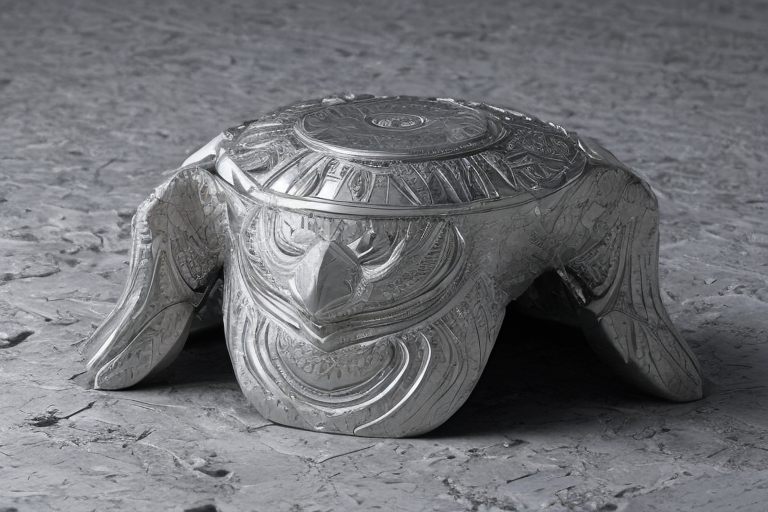In China, a team of researchers has identified five large footprints belonging to an unknown species that lived approximately 90 million years ago. The tracks were discovered while the scientists worked on a larger site filled with dinosaur prints. Using photogrammetry – a technique which creates three-dimensional digital models from multiple photographs taken at slightly different angles – they analyzed each impression in detail using computer software. One of the key differences between these footprints and those previously found is their size: measuring over 13 inches long, they are much larger than those typically associated with raptors such as Velociraptor, which were roughly the same size or smaller. The researchers estimate that Fujianipus – meaning “the foot of Fujian” in Latin – was around 15 feet (4.6 meters) long based on the tracks’ size. As these fossil prints suggest an animal larger than any other known raptor, it has been named after this giant predator. The team also believes that Fujianipus belonged to a type of dinosaur called troodontids, characterized by distinctively-shaped toes as found in the prints discovered in southeastern China’s rocky terrain where the tracksite lies; their previous sightings being restricted largely to North America and Mongolia. “We were stunned when we saw these tracks,” said Dr Scott Persons of the College of Charleston, who was part of this research project, describing them as much larger than those belonging to raptors that typically resemble housecats or cheetahs in size; their sabertooth versions having a substantially more frightening feel about it. Accordingly, given their striking sizes and patterns within these rock formations situated not too far away from the ancient seas where dinosaurs are commonly discovered by fossil hunters elsewhere around the world, this discovery is indeed an exciting one for paleontologists everywhere!
Giant Troodontid Footprints Discovered in China, Reveal Prehistoric Predator Larger Than Any Known Raptor
•
Recent Posts
Advertisement
Advertisement example


Leave a Reply